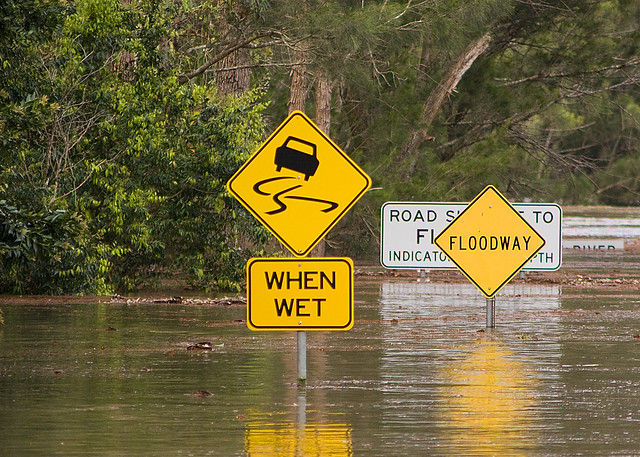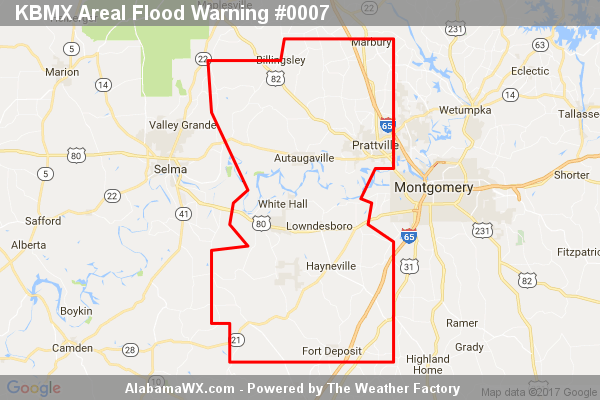


While most see melting snow as a sign that winter is ending and warmer temperatures are on the rise, it can also cause flash flooding. Additionally, it’s best to be wary of canyons due to the ability to trap people in the space with water coming in. While a shallow creek of less than a foot might not seem dangerous, the runoff could cause it to become a raging rapid of 10+ feet in minutes. Knowing this information, if you’re planning on camping near streams during thunderstorm season, proceed with caution. Clay soil is dense to hold in water, where sand like soil helps absorb it into the ground easier. For example, if the soil is more claylike than sandlike, there isn’t enough water being absorbed into the ground to prevent flooding. The type of soil also has an impact on the flooding. Mountains and hills can also produce runoff, causing river streams to rise quickly leading to flood. Parking garages (low leveled or underground).These areas are best avoided due to the high probability of flooding, making them exceptionally more dangerous than higher areas. If you’re driving or at home during a heavy storm where flash flooding could be an option, make sure to avoid low spots. But, if these storm drains are clogged due to debris or an influx of water, they’re pretty much useless and cause the roads and buildings to flood. To offset this, many cities will create an underground storm drain to catch the water streams. Knowing this, the runoff and lack of absorption leads to flash flooding. This increases runoff and reduces the amount of rain that can absorb into the ground. This is due to the construction of buildings, parking lots, driveways and highways. The most common areas that are at risk of flash flooding include densely populated areas. While flooding can happen in every state in the US, flash flooding is a different story. What Areas Are at Risk of Flash Flooding? Cities

This limits the amount of time a weather service can properly and effectively warn the public, making it highly dangerous. With the name flash flood, it gives you the indication that it can happen in a flash. The rainfall exceeds the ability of absorption into the ground or filling a dry creek or stream that overflows onto the bank. These are different from the ordinary floods that happen over time, this happens when there is heavy rainfall. These floods are dangerous, combining powerful flooding and quick speeds. There are floods that happen over a long period of time, or ones that can occur within minutes.įlash floods are the form of flooding that happens quickly. Flooding is dangerous and can cause damage to homes and cars. This can happen due to heavy rains, oceans, snow melting, or if a dam/levee breaks. Whereas a warning means that the flooding is imminent, if not already happening.Īs we know, flooding is an overflow of water onto a land that is ordinarily dry. For watches, it means that there are conditions in the weather making it favorable for a flood to occur. In this blog, we’re going to dissect what that term means for you, your home, and driving conditions.īefore that, there are some important terms to remember when talking about flooding. What’s the difference between all of them? There’s three different forms of flooding: flash floods, areal floods and river flood warning. One notification that you might have seen on your weather app or news station is for floods.
Areal flood warning movie#
Instead of pool days and swim suits, Texans have opted for movie days and rain coats. The Texas springtime showers have creeped into our sunny summer plans.


 0 kommentar(er)
0 kommentar(er)
